Somerset is a county located in the south-west of England. It is known for its stunning countryside, rich history, and charming towns. However, there are many fun facts about Somerset that you may not know.
For example, did you know that Somerset is the county of cider? Cider production has been a part of Somerset’s history since the 11th century, and it is still a popular drink today. Another interesting fact is that the West Somerset Railway is the longest preserved steam railway in the country. It has 20 miles of track running from Bishop’s Lydeard to its seaside station at Minehead.
In this article, we will explore some of the most fascinating facts about Somerset. From ancient barrows to stunning hills, there is so much to discover in this beautiful county. So, whether you are a local or a visitor, read on to learn more about the unique and interesting aspects of Somerset.
Historical Highlights of Somerset
Somerset has a rich history that dates back to the early inhabitants of the region. From the discovery of Cheddar Man to the Industrial Revolution, Somerset has been an important part of English history.
Cheddar Man and Early Inhabitants
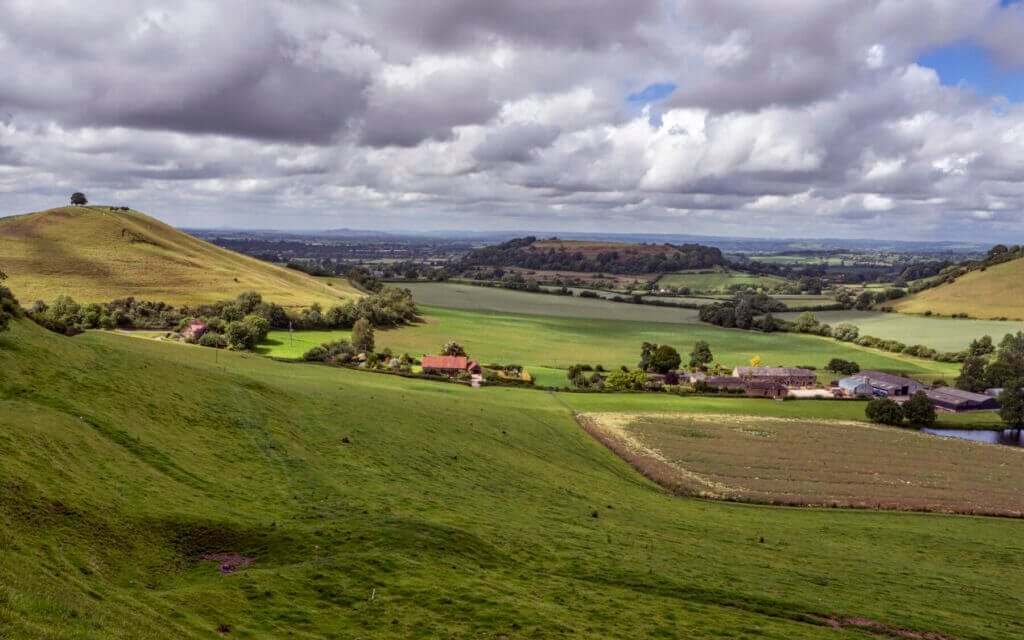
One of the most fascinating historical highlights of Somerset is the discovery of Cheddar Man. Cheddar Man is the oldest complete skeleton found in the UK and dates back over 9,000 years. The discovery of Cheddar Man has given archaeologists an insight into the lives of early inhabitants of the region.
The Iron Age is also an important part of Somerset’s history. There is evidence of Iron Age hill forts in the region, including Ham Hill and Cadbury Castle. These hill forts were used for defense and as a place of refuge during times of war.
Roman Influence and the Middle Ages
The Roman Empire had a significant impact on Somerset’s history. The Romans built a number of roads and settlements in the region, including the city of Bath. The Roman influence can still be seen in Somerset today, with the remains of Roman baths and other structures still visible.
The Middle Ages were also an important period in Somerset’s history. The region played a significant role in the English Civil War and was the site of the Battle of Sedgemoor in 1685. The Frome Hoard, a collection of over 52,000 Roman coins, was also discovered in Somerset during this period.
The Industrial Revolution and Somerset
Somerset played an important role in the Industrial Revolution, particularly in the field of electricity. In the late 18th century, a number of experiments were carried out in Somerset to generate electricity using wind power. These experiments laid the foundations for the development of modern wind turbines.
Geography and Natural Wonders
Somerset is a county located in the South West of England. It is a county known for its beautiful landscapes, rolling hills, and natural wonders. There are several natural wonders in Somerset that are worth exploring. Here are some of the most popular natural wonders in Somerset.
Exmoor National Park
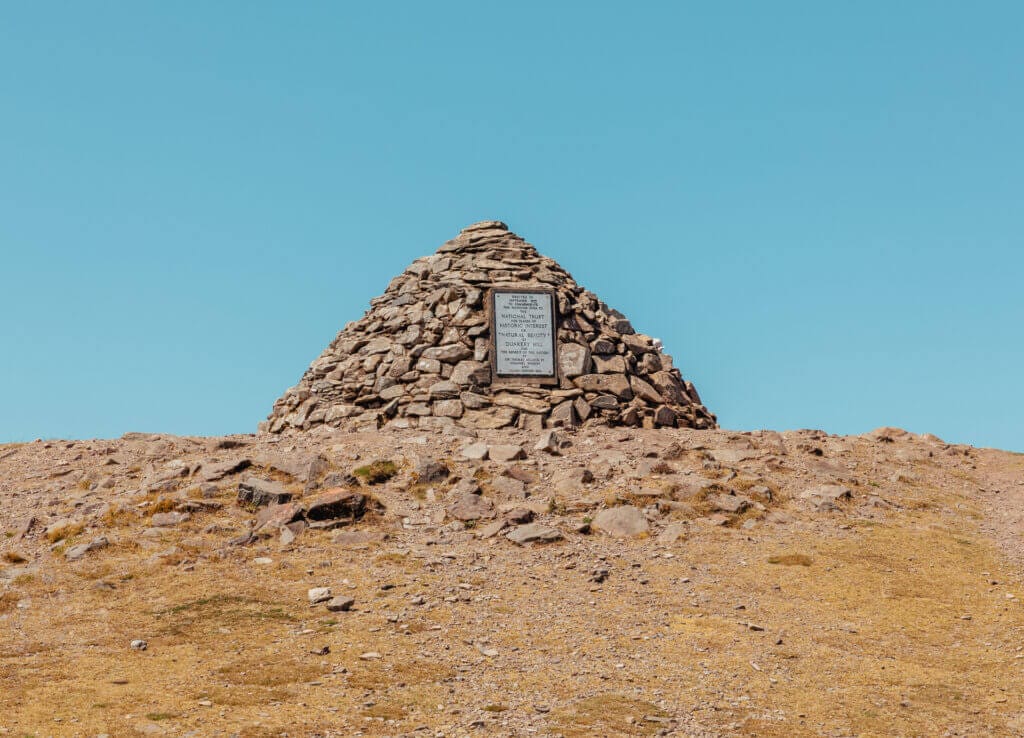
Exmoor National Park is one of the most beautiful natural wonders in Somerset. It is a vast expanse of moorland, woodland, and valleys that stretches across 267 square miles. The park is home to a variety of wildlife, including red deer, wild ponies, and otters. You can explore the park on foot, by bike, or on horseback. The park is also home to several charming villages and towns, including Dunster, Lynton, and Lynmouth.
Cheddar Gorge and Caves
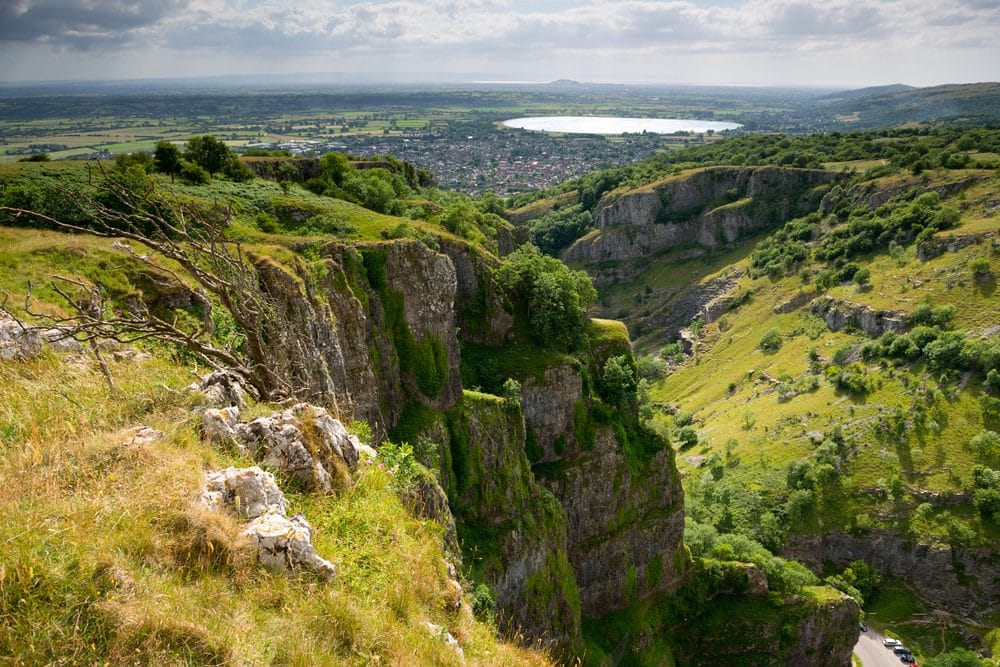
Cheddar Gorge and Caves is another popular natural wonder in Somerset. It is a limestone gorge that is 400 feet deep and three miles long. The gorge is home to several rare species of plants and animals, including the Cheddar pink, a rare flower that only grows in the gorge. You can explore the gorge on foot, or take a guided tour of the caves. The caves are home to some of the oldest human remains in Britain, including the Cheddar Man, who lived over 9,000 years ago.
The Somerset Levels

The Somerset Levels is a wetland area located in the heart of Somerset. It is a unique landscape that is home to a variety of wildlife, including otters, water voles, and rare birds. The area is also home to several charming villages and towns, including Glastonbury and Wells. You can explore the area on foot or bike. The area is also home to several nature reserves, including the RSPB Ham Wall Nature Reserve.
In addition to these natural wonders, Somerset is also home to several other beautiful landscapes, including the Mendip Hills and the Quantock Hills. They’re all well worth checking out.
Cultural Heritage and Festivals
Glastonbury Festival and Music
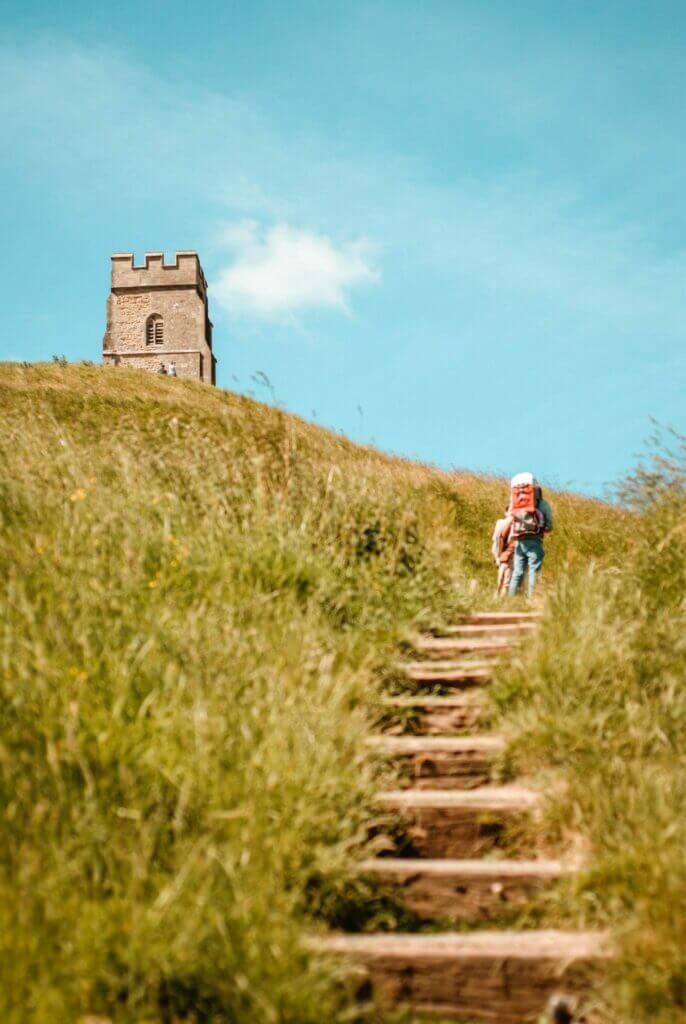
Somerset is home to one of the most famous music festivals in the world, the Glastonbury Festival. This annual event attracts thousands of visitors from all over the world and is known for its diverse lineup of music, including rock, pop, indie, and electronic. The festival is held on a farm in Pilton, Somerset, and has been running since 1970.
Aside from the Glastonbury Festival, Somerset has a rich musical heritage. The county has produced many famous musicians, including Robert Fripp of King Crimson, Portishead, and Massive Attack. The area is also home to a number of music venues and festivals, making it a great destination for music lovers.
West Somerset Railway and Transport

Somerset is home to the West Somerset Railway, which is the longest preserved steam railway in the country. This historic railway has 20 miles of track running from Bishop’s Lydeard to its seaside station at Minehead, and offers you the chance to experience a bygone era of travel. The railway has been in operation since 1976 and is a popular tourist attraction in the area.
Transport has played an important role in Somerset’s history, with the county being home to a number of important transport links. The area has a strong maritime heritage, with the port of Bristol being an important hub for trade and commerce in the past. The county also has a number of historic canals, including the Bridgwater and Taunton Canal and the Grand Western Canal. These waterways are now popular with tourists, offering scenic walks and boat trips.
Local Delicacies and Cider Making
Cheddar Cheese and Its Origins
Somerset is the birthplace of the world-famous cheddar cheese. The cheese is named after the village of Cheddar in Somerset, where it was first made over 800 years ago. The cheese is made from cow’s milk and has a distinct taste and texture. The cheese is matured for different periods, ranging from a few months to several years, which gives it different flavors and textures.
The Art of Cider Production
Cider production is an art that has been perfected in Somerset. The county is known for its high-quality cider, which is made from cider apples grown in the region. Cider production has a long history in Somerset and has been a part of the county’s culture for centuries. The cider is made using traditional methods, which involves pressing the apples to extract the juice, fermenting the juice, and maturing the cider in oak barrels.
Somerset has some of the best cider producers in the world, and you can explore the cider-making process by visiting local cider mills and tasting the different varieties of cider. Some of the most popular cider producers in Somerset include Hecks, Burrow Hill, and Crossman’s. These cider mills produce a range of ciders, from sweet to dry, and you can taste the different varieties and learn about the cider-making process.
Notable People and Innovations
Mary Shelley

Somerset is home to one of the most famous literary figures in history – Mary Shelley. Shelley is best known for her novel “Frankenstein,” which has become a classic of horror literature. She wrote the novel while staying in Switzerland with her husband, poet Percy Bysshe Shelley, and their friend Lord Byron.
Shelley’s contribution to literature is significant, as “Frankenstein” is considered to be one of the first science fiction novels. The novel explores themes of creation, life, and death, and has been adapted into numerous films, television shows, and plays. Shelley’s work continues to inspire writers and readers alike.
Adelard of Bath and Mathematics
Adelard of Bath was a 12th-century scholar who made significant contributions to the field of mathematics. He is credited with introducing the concept of the number zero to Europe, which was a significant development in the history of mathematics.
Adelard also translated numerous works from Arabic into Latin, including the works of Euclid and Al-Khwarizmi. His translations helped to introduce the works of Arabic scholars to Europe, which had a significant impact on the development of mathematics and science in the Western world.
Adelard’s contributions to mathematics and translation have had a lasting impact on the field, and he is remembered as one of the most important scholars of the Middle Ages.
Sports and Recreation
Somerset Skittles and Bowling
Somerset is the birthplace of the popular game of skittles, which is believed to have originated in the county. Skittles alleys can still be found outside many pubs in the area. The game involves rolling a wooden ball down a lane to knock down nine wooden pins arranged in a diamond shape. It is a social game often played in teams, and is enjoyed by people of all ages.
In addition to skittles, Somerset is also home to a number of bowling alleys that offer ten-pin bowling. This modern version of bowling involves rolling a ball down a lane to knock down ten pins arranged in a triangle shape. It is a popular activity for families, friends, and work colleagues looking for a fun night out.
Cricket and Local Teams
Cricket is a popular sport in Somerset, and the county is home to the Somerset County Cricket Club. The club was founded in 1875 and plays its home games at the County Ground in Taunton. The team has a loyal following and regularly competes in both domestic and international competitions.
In addition to the county team, there are also a number of local cricket teams in Somerset that play in various leagues throughout the summer months. These teams provide an opportunity for people of all ages and abilities to get involved in the sport and enjoy the social aspect of playing in a team. Many of the teams are based in picturesque villages and towns throughout the county, providing a beautiful backdrop for a day of cricket.
Tourism and Attractions
Historic Towns and Architecture
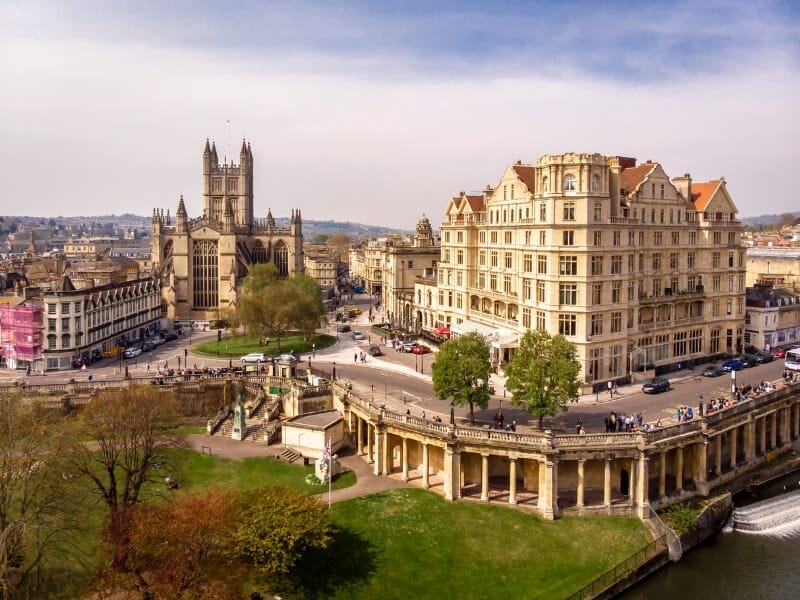
Somerset is home to a number of historic towns and buildings that attract tourists from all over the world. One of the most popular attractions in Somerset is the city of Bath, which is known for its Roman Baths and Georgian architecture. You can take a tour of the Roman Baths and learn about the history of the city, or walk around the town and admire the beautiful Georgian buildings.
Another popular destination for tourists is Wells, which is the smallest city in England. Wells is known for its stunning cathedral, which was built in the 12th century. The cathedral is a must-see attraction for anyone visiting Somerset, and you can take a guided tour to learn more about its history.
Natural Attractions and Wildlife
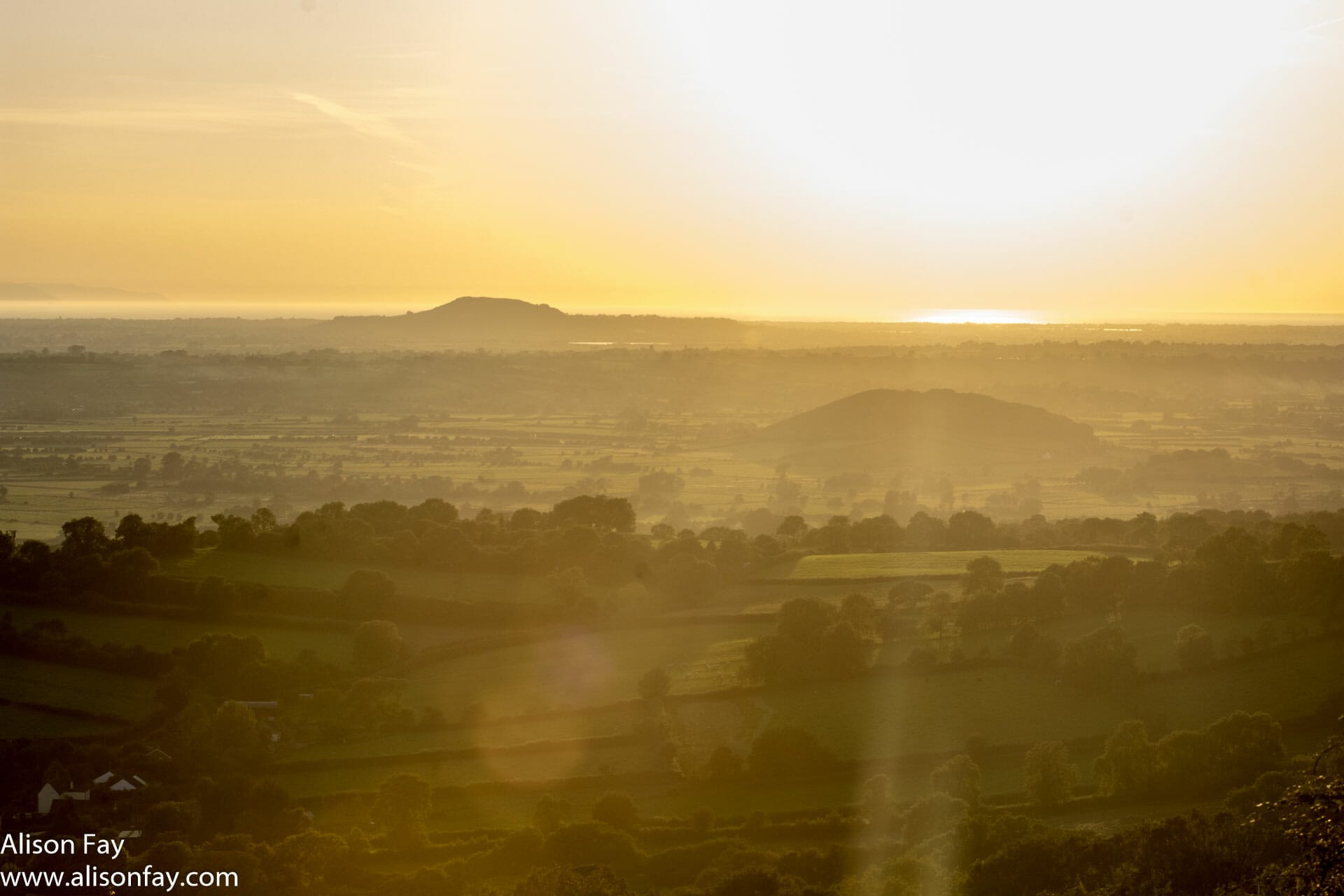
Somerset is also home to a number of natural attractions and wildlife. One of the most popular natural attractions is the Wookey Hole Caves, which are a series of limestone caves that were formed over millions of years. You could take a tour of the caves and see the stunning rock formations and underground rivers.
For those interested in wildlife, Somerset is home to a number of nature reserves and wildlife parks. One of the most popular is the Somerset Levels, which is a wetland area that is home to a variety of birds and other wildlife.
For those looking for a seaside getaway, Weston-super-Mare is a popular destination. The town has a long sandy beach and a variety of attractions, including an aquarium and a pier. You could also take a walk along the promenade and enjoy the sea air.
Hope you found this guide to Somerset helpful and found many of the facts I’ve shared interesting. I’ve called Somerset home for over 20 years and this area has tons to, from historic towns and architecture to natural attractions and wildlife.

